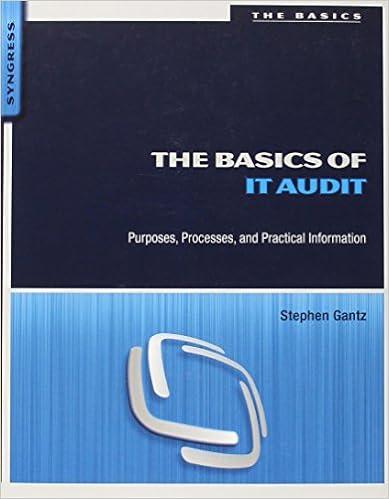Question
A taxpayer wishes to decide the amount e of income that she will hide from the tax authorities. Her total income ( in thousands of
A taxpayer wishes to decide the amount e of income that she will hide from the tax authorities. Her total income ( in thousands of dollars per year ) is 84. She faces a constant income tax rate of 40 percent on her reported income. There is a fixed probability of detection, p = 1/11. If she misreports her income, the probability that she will be caught is 1/11. If she is caught hiding income, she is required to pay the total she owes. On top of that she has to pay a fixed fine f and a penalty of e 2 20 , where e is the amount she evades (in thousands of dollars). Suppose she aims to minimize the expected amount she must pay to the government. (a) Write down this taxpayers problem. (b) How much income should she hide from the tax authorities if the fixed fine F ( in thousands of dollars ) is 44? (c) How much income should she hide from the tax authorities if the fixed fine F ( in thousands of dollars ) is 100? (d) If this taxpayer is risk-neutral, maximizing her utility is the same as minimizing tax payments. Explain why in part b, the taxpayer chooses 0 < e < w, even though A-S model suggests otherwise. (i.e what difference between the A-S model and this model drives this result)
(please explain clearly)
Step by Step Solution
There are 3 Steps involved in it
Step: 1

Get Instant Access to Expert-Tailored Solutions
See step-by-step solutions with expert insights and AI powered tools for academic success
Step: 2

Step: 3

Ace Your Homework with AI
Get the answers you need in no time with our AI-driven, step-by-step assistance
Get Started


